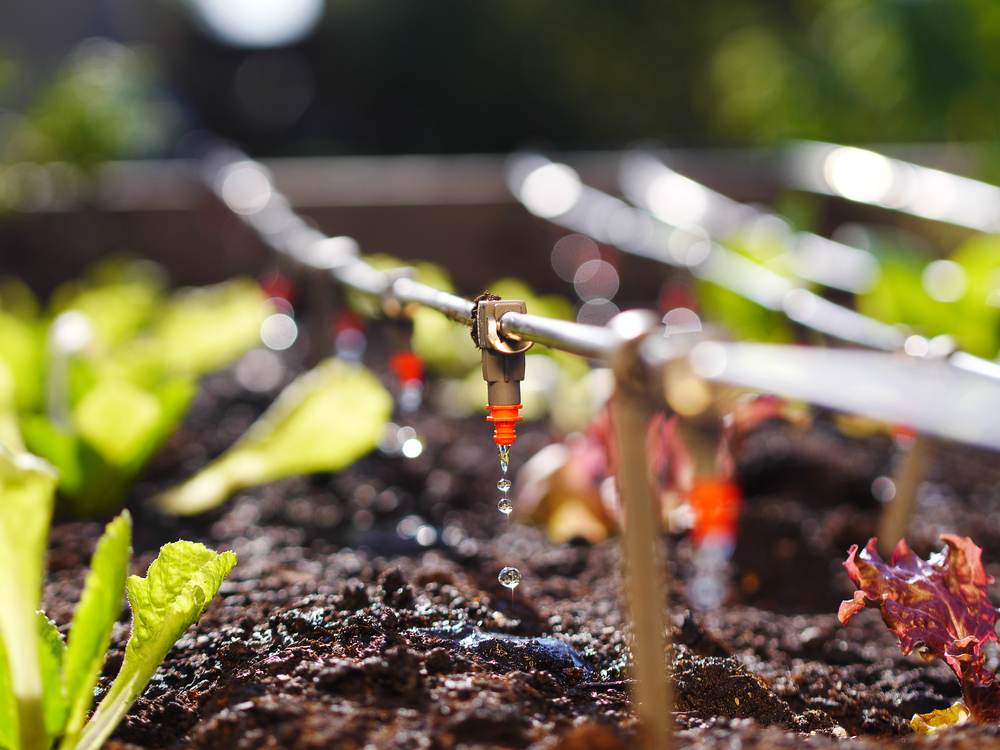
Maintaining a lush, green lawn or a thriving garden requires more than just occasional watering. An efficient irrigation system is crucial, but even the best systems can encounter problems. Understanding these issues and knowing how to troubleshoot them can save you time, money, and frustration. In this guide, we’ll delve into some of the most common issues that plague irrigation systems and provide practical solutions to ensure your landscape stays healthy and vibrant.
Understanding Your Irrigation System
Before diving into troubleshooting, it’s essential to have a basic understanding of how your irrigation system works. Most systems consist of:
- Main Water Supply: This is where your system connects to the water source.
- Valves: Control the flow of water to different zones.
- Sprinkler Heads: Distribute water over designated areas.
- Controller: Manages the schedule and duration of watering.
Familiarizing yourself with these components will help in identifying where problems might occur.
Common Issues and Solutions
1. Clogged Sprinkler Heads
Issue: One or more sprinkler heads are not spraying water or are spraying inconsistently.
Cause: Over time, debris such as dirt, sand, or grass clippings can clog sprinkler heads.
Solution: Inspect each sprinkler head regularly. Clean out any debris using a small wire or specialized tool. Replace any heads that are damaged or worn out.
2. Uneven Water Distribution
Issue: Some areas of your lawn receive too much water while others are left dry.
Cause: This can be due to several factors, including improper sprinkler head placement, water pressure issues, or obstructions.
Solution: Adjust the positioning of sprinkler heads to ensure overlapping coverage. Check water pressure and adjust as necessary. Remove any obstructions that may be blocking water flow.
3. Leaks in the System
Issue: Puddles or wet spots around sprinkler heads or along the irrigation lines.
Cause: Leaks can occur due to damaged pipes, loose connections, or worn-out seals.
Solution: Inspect the entire system for leaks. Repair or replace damaged pipes or fittings. Tighten loose connections and replace seals or gaskets as needed.
4. Controller Programming Issues
Issue: The irrigation system is not turning on or off at the scheduled times, or the schedule seems erratic.
Cause: Incorrect programming, power interruptions, or a faulty controller.
Solution: Double-check the controller settings and programming. Ensure the controller has a reliable power source and consider installing a backup battery if power interruptions are frequent. If the controller is faulty, replace it with a new one.
5. Low Water Pressure
Issue: Sprinkler heads are not popping up or are not spraying with sufficient force.Cause: Low water pressure can be caused by issues such as a partially closed valve, clogged filter screens, or a problem with the main water supply.Solution: Check and open any partially closed valves. Clean or replace clogged filter screens in sprinkler heads or at the main water supply. If the problem persists, contact a professional to inspect the main water supply line.
6. Overspray or Runoff
Issue: Water from your irrigation system is spraying onto sidewalks, driveways, or other non-landscaped areas.Cause: Incorrectly positioned sprinkler heads, excessive water pressure, or windy conditions.Solution: Adjust sprinkler heads to avoid overspray onto non-target areas. Reduce water pressure if necessary to prevent runoff. Consider installing wind-resistant sprinkler heads in windy areas.
Preventative Maintenance Tips
1. Regular Inspections
Perform routine checks of your irrigation system to identify potential issues before they become serious problems. Look for leaks, clogs, or uneven water distribution.
2. Adjustments Seasonally
Adjust your irrigation system seasonally to account for changes in weather and plant water requirements. Increase watering during hot, dry periods and decrease during cooler, wet seasons.
3. Professional Maintenance
Consider hiring a professional irrigation technician for an annual maintenance check-up. They can perform thorough inspections, identify hidden issues, and optimize your system for efficiency.
4. Upgrade as Needed
If your irrigation system is outdated or inefficient, consider upgrading to newer, more water-efficient components. Modern systems offer advanced features such as smart controllers and drip irrigation, which can save water and improve plant health.
Conclusion
Maintaining an efficient irrigation system is key to achieving a healthy and vibrant landscape. By understanding the common issues that can arise and knowing how to troubleshoot and prevent them, you can ensure that your lawn, garden, or landscaping thrives year-round. Regular maintenance, periodic inspections, and timely repairs are essential practices that will not only save you time and money but also contribute to a greener and more sustainable environment. With these tips and strategies, you’ll be well-equipped to troubleshoot any irrigation system issues that come your way.